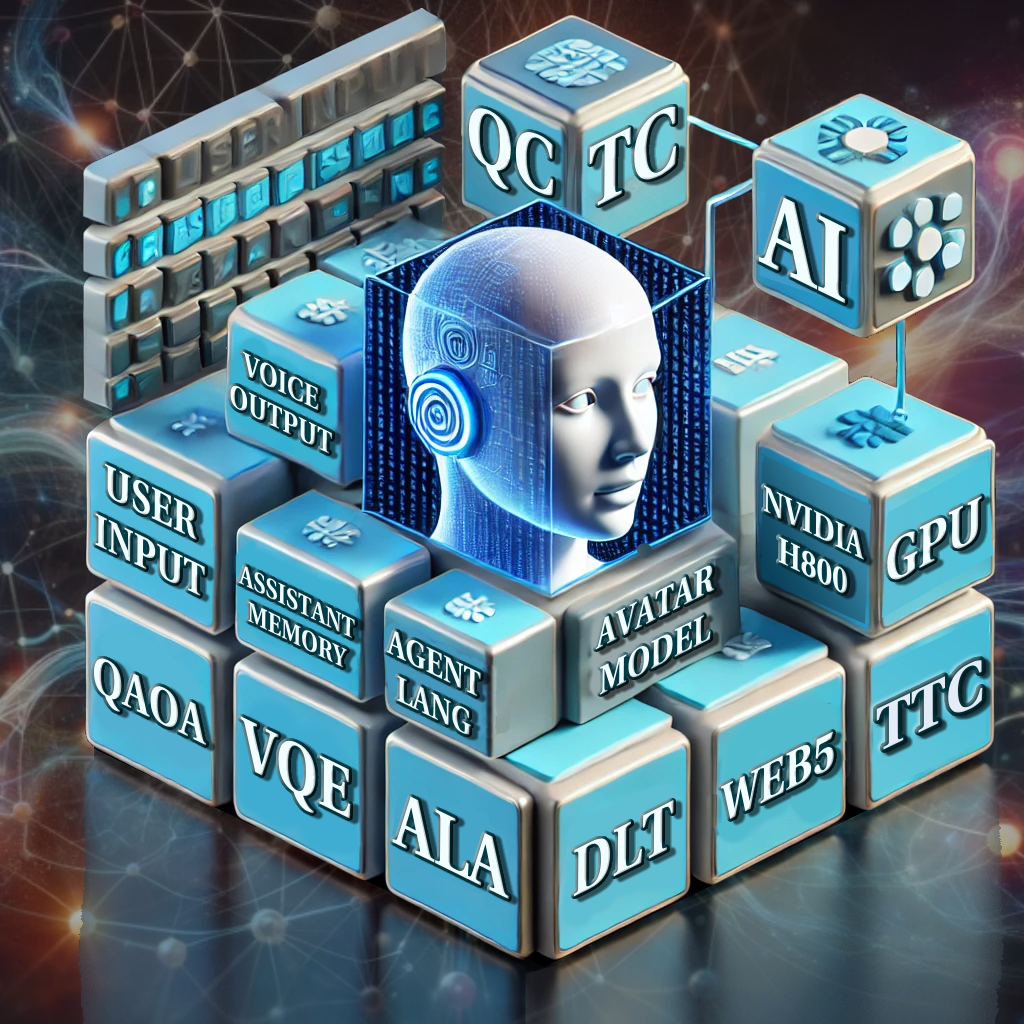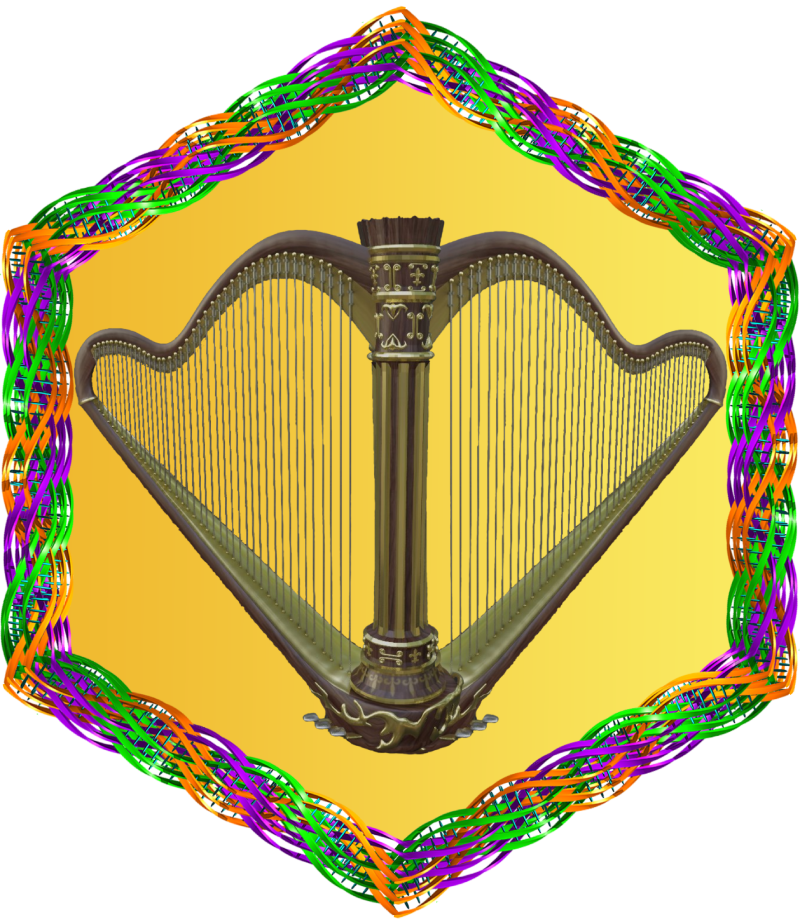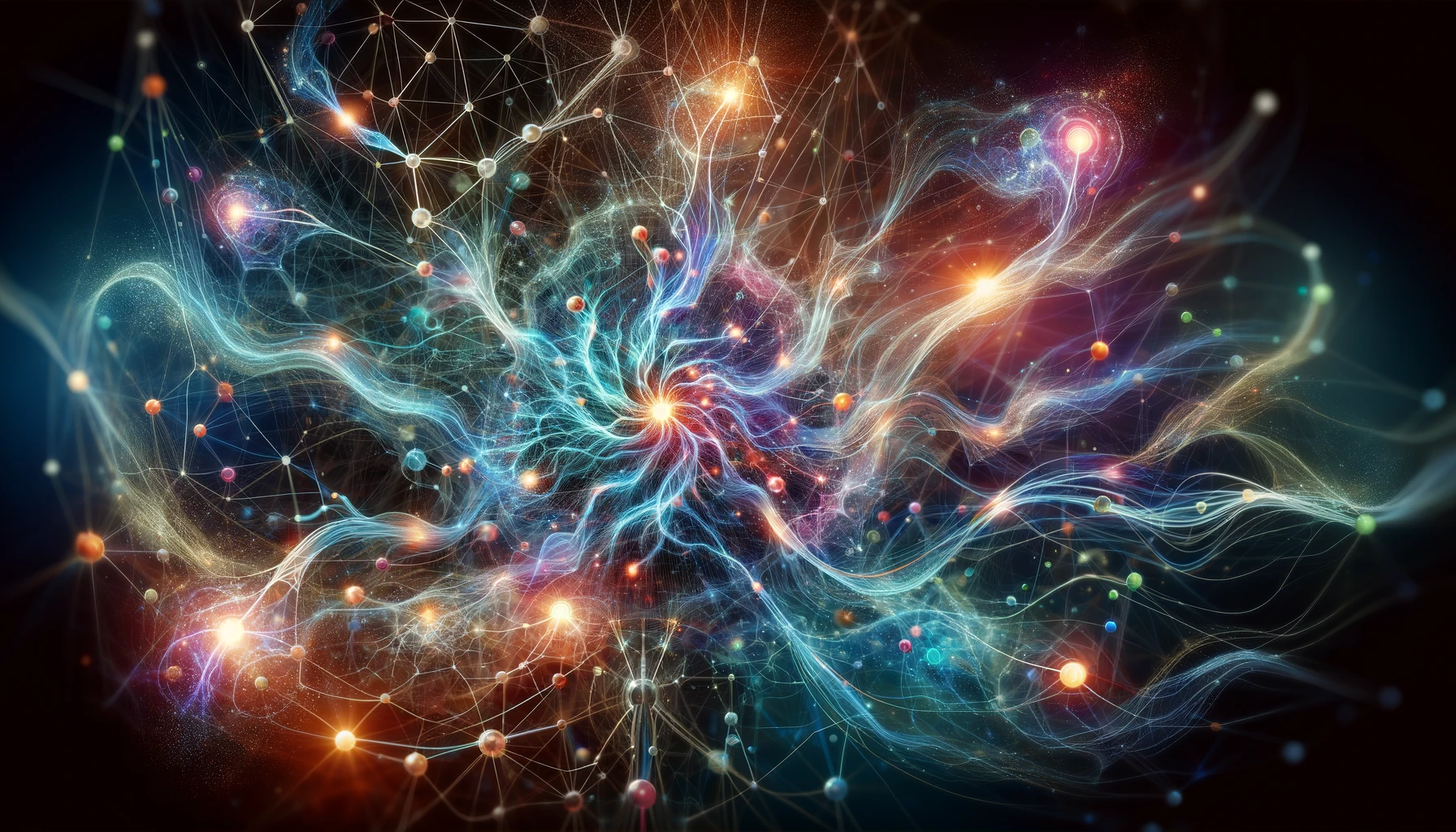
User Input, Voice Output, NVIDIA H800 Graphic Card, GPU – Graphics Processing Unit, Avatar, Model, DLT – Distributed Ledger Technology, WEB5,
QAOA – Quantum Approximate Optimization Algorithm, VQE – Variational Quantum Eigensolver,
Willow-Inspired Quantum Computer Hybrid with Time Crystal Memory: The Next QI Computing
Google’s revolutionary quantum chip, Willow, has set a new standard for computational power, performing tasks in minutes that would take conventional supercomputers billions of years. Now, imagine combining this breakthrough with time crystal memory—a futuristic hybrid architecture poised to redefine the quantum computing future.
Time Crystals Role in Quantum Computing
Time crystals, a unique state of matter, oscillate periodically in time without energy loss, defying traditional thermodynamic rules. These properties make them ideal candidates for ultra-stable quantum memory, capable of maintaining coherence indefinitely. When integrated into a quantum computer like Willow, time crystal memory could resolve one of the biggest challenges in the field: qubit stability and data retention.
Wolchover (2021) reports that Google’s quantum team successfully demonstrated the first time crystal, paving the way for practical applications of this unique state of matter in quantum computing. These foundational experiments provide the groundwork for integrating time crystals into hybrid architectures. Additionally, Wahl et al. (2024) introduced the concept of topologically ordered time crystals (TTCs), where intrinsic topological order provides an exceptionally robust framework for spatiotemporal coherence, further enhancing the potential for hybrid quantum systems.
Hybrid Quantum Architecture: Willow Meets Time Crystals Memory
The Willow-inspired hybrid quantum computer would combine Willow’s cutting-edge, error-resistant computational capabilities with time crystal memory’s extraordinary stability. This integration could create a system where quantum states are not only manipulated with unprecedented accuracy but also stored with near-perfect reliability.
- Time Crystal Memory: Acts as the system’s memory core, storing quantum information with long-term stability.
- Willow Processing Unit: Handles the computation, leveraging advanced error correction and scalable qubit systems.
- Dynamic Integration: A seamless interplay between processing and memory, ensuring efficient data retrieval and manipulation without compromising quantum coherence.
Recent research has reinforced these concepts. Frey and Rachel (2022) successfully realized discrete time crystals on a 57-qubit quantum computer, demonstrating their scalability. Similarly, Chen et al. (2023) proposed robust large-period discrete time crystals with promising applications in digital quantum systems. Wahl et al. (2024) also discussed how TTCs exhibit enhanced robustness against perturbations due to many-body localization, solidifying their position as viable components for next-generation quantum processors.
Quantum Intelligence: A New Paradigm
Quantum Intelligence (QI) represents the fusion between quantum computing and artificial intelligence, enabling systems to process, learn, and adapt at unprecedented scales. With the hybrid Willow-Time Crystal architecture, QI could achieve new heights by leveraging the stable time crystals memory for long-term learning models and Willow’s computational power for real-time data processing. This synergy could revolutionize fields like predictive modeling, optimization, and decision-making, offering solutions that surpass human cognitive capabilities.
Bort (2024) suggests that Google’s quantum chip might even hint at the existence of multiple universes, a concept that aligns with the expansive possibilities of QI to process and understand multidimensional realities. Furthermore, Wahl et al. (2024) highlighted how TTCs’ integration with programmable devices like Google Sycamore opens new avenues for quantum error correction, an essential feature for advancing QI.
Quantum Computing Time Crystals Memory Hybrid Benefits
- Unmatched Stability: Time crystal memory would allow quantum systems to retain coherence far longer than traditional qubits, enhancing performance in long-term calculations.
- Energy Efficiency: The energy-conserving time crystals’ nature aligns with the low-energy requirements of quantum computing, creating a highly sustainable system.
- Scalability: By addressing both computational and memory challenges, this hybrid model paves the way for large-scale, practical quantum applications.
Solfanelli et al. (2024) demonstrated that stabilizing time-crystalline responses on superconducting quantum computers becomes more feasible with increased interaction ranges, further supporting the viability of this hybrid approach. Wahl et al. (2024) added that TTCs introduce a dynamical perimeter law that provides a unique measure of topological robustness, offering unparalleled reliability for hybrid systems.
Quantum Computing Time Crystals Memory Hybrid Applications
- Drug Discovery: Simulating complex molecular interactions with stable and accurate data processing.
- Secure Communication: Leveraging time crystal memory for unbreakable quantum encryption.
- AI and Machine Learning: Training advanced algorithms with unprecedented processing speeds and reliable memory.
Xiang et al. (2024) recently showcased long-lived topological time-crystalline order on quantum processors, opening doors for even more robust and versatile applications in quantum computing. Wahl et al. (2024) emphasized that TTCs could also serve as a foundation for holographic quantum error-correcting codes, bridging gaps between quantum processors and practical applications.
Quantum Computing Time Crystals Memory Hybrid Future
The Willow’s quantum computing power and time crystal memory hybrid integration is more than a technological advancement. It’s a paradigm shift. This architecture offers the potential to achieve perpetual computation cycles, where stability, scalability, and efficiency converge.
As quantum research progresses, the Willow-inspired quantum computer hybrid with time crystal memory could emerge as the foundation of next-generation technologies, unlocking possibilities that transcend the limits of classical and current quantum computing. These systems are to reshape industries, empower innovation, and redefine the very intelligence itself through the advancements in Quantum Intelligence.
References
- Bort, J. (2024, December 10). Google says its new quantum chip indicates that multiple universes exist. TechCrunch. Retrieved from https://techcrunch.com/2024/12/10/google-says-its-new-quantum-chip-indicates-that-multiple-universes-exist/
- Chen, T., Shen, R., Lee, C. H., Yang, B., & Bomantara, R. W. (2023). A robust large-period discrete time crystal and its signature in a digital quantum computer. arXiv:2309.11560. https://arxiv.org/abs/2309.11560
- Frey, P., & Rachel, S. (2022). Realization of a discrete time crystal on 57 qubits of a quantum computer. Science Advances, 8(eabm7652). https://doi.org/10.1126/sciadv.abm7652
- Solfanelli, A., Ruffo, S., Succi, S., & Defenu, N. (2024). Stabilization of discrete time-crystalline response on a superconducting quantum computer by increasing the interaction range. Physical Review Research, 6(013311). https://doi.org/10.1103/PhysRevResearch.6.013311
- Wahl, T. B., Han, B., & Béri, B. (2024). Topologically ordered time crystals. Nature Communications, 15(9845). https://doi.org/10.1038/s41467-024-54086-4
- Wolchover, N. (2021, July 30). Eternal change for no energy: A time crystal finally made real. Quanta Magazine. Retrieved from https://www.quantamagazine.org/first-time-crystal-built-using-googles-quantum-computer-20210730/
- Xiang, L., Jiang, W., Bao, Z., Song, Z., Xu, S., Wang, K., Chen, J., & Deng, D.-L. (2024). Long-lived topological time-crystalline order on a quantum processor. Nature Communications, 15(8963). https://doi.org/10.1038/s41467-024-53077-9

